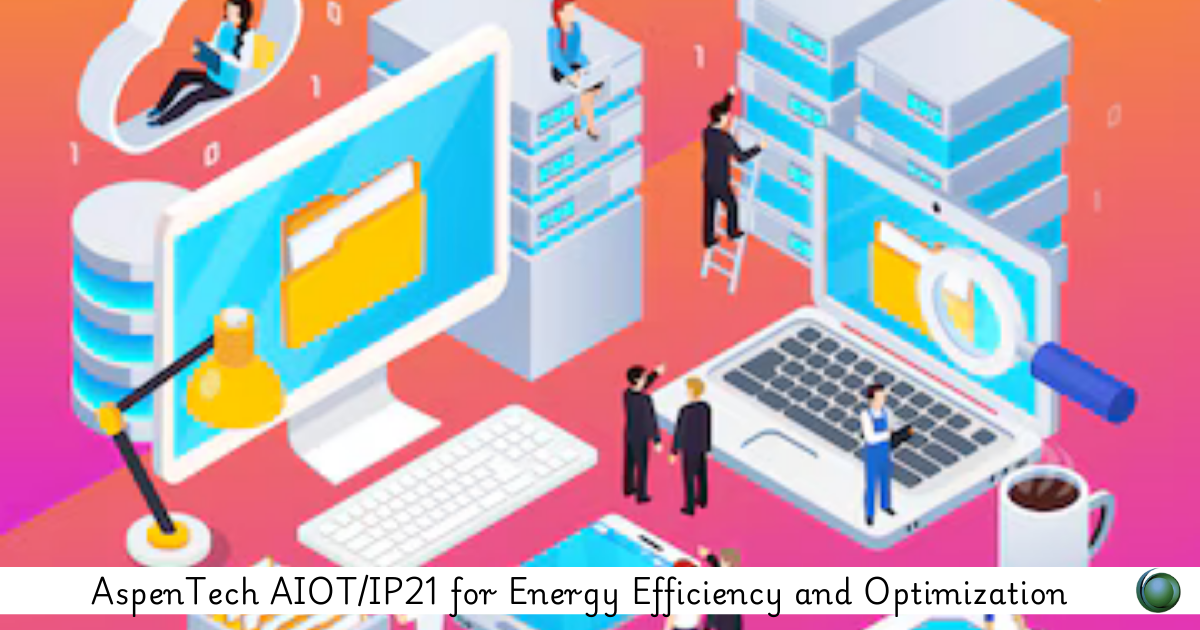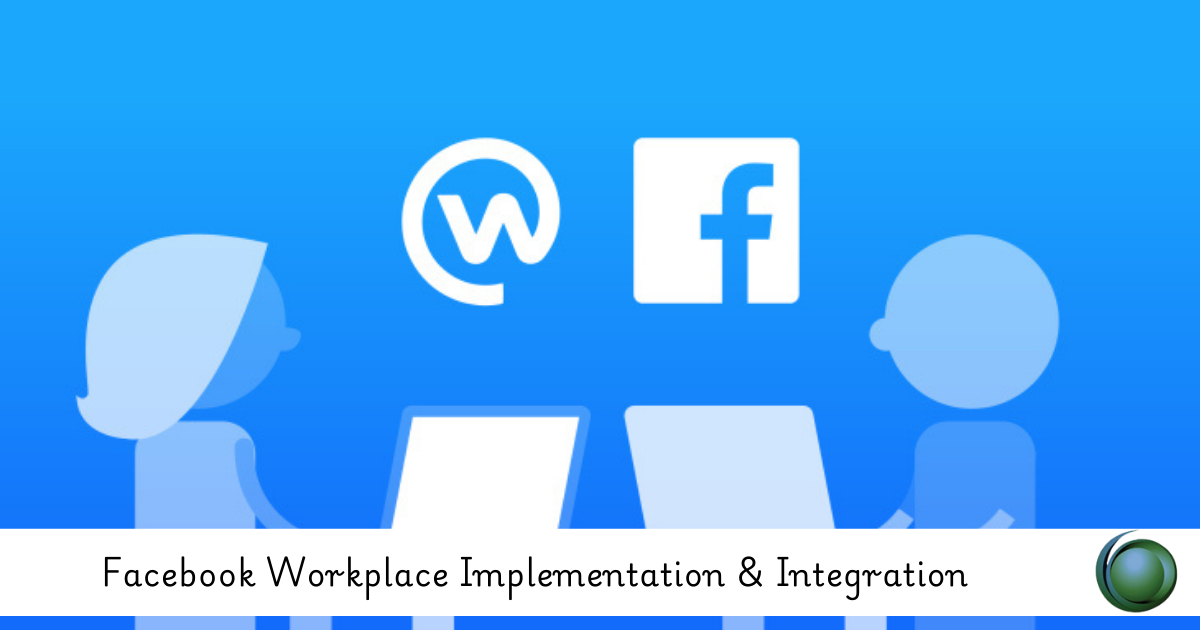Description
Introduction
As software engineers and developers build increasingly data-driven applications, integrating privacy and data protection principles into the development lifecycle is essential. This course empowers developers with the knowledge and practical guidance to align their technical work with GDPR requirements, ensuring applications are secure, ethical, and compliant from design to deployment.
Prerequisites
-
Working knowledge of application development (frontend/backend)
-
Familiarity with REST APIs, data storage, and user authentication
-
Awareness of GDPR fundamentals is helpful but not required
Table of Contents
1. Introduction to GDPR for Developers
1.1 Why Developers Must Understand GDPR
1.2 Key GDPR Concepts: Controllers, Processors, and Data Subjects
1.3 Personal Data vs. Sensitive Data in Code
1.4 Developer Responsibility vs. Organizational Responsibility
2. Privacy by Design and Default
2.1 Principles of Data Minimization and Purpose Limitation
2.2 Privacy-Centric Architecture Choices
2.3 Designing with User Consent and Control in Mind
2.4 Integrating Privacy Early in the SDLC
3. Managing Personal Data in Code
3.1 Identifying and Classifying Personal Data
3.2 Anonymization vs. Pseudonymization Techniques
3.3 Best Practices for Data Retention and Deletion
3.4 Using Encryption and Hashing for Protection
4. User Consent and Preferences
4.1 Implementing Consent Collection Mechanisms
4.2 Designing Clear and Granular Consent UI
4.3 Managing Consent Records and Versioning
4.4 Enabling Consent Withdrawal and Preference Management
5. Supporting Data Subject Rights
5.1 Automating Access, Rectification, and Deletion Requests
5.2 Building DSAR (Data Subject Access Request) APIs
5.3 Handling Portability and Restriction of Processing
5.4 Logging and Monitoring DSAR Handling
6. Secure Development Practices
6.1 Secure Authentication and Authorization Flows
6.2 Protecting APIs and Data in Transit
6.3 Avoiding Common Privacy Leaks in Frontend and Backend
6.4 Security Testing and Code Review for Privacy Risks
7. Data Breach Prevention and Handling
7.1 Recognizing What Constitutes a Breach
7.2 Logging, Alerting, and Monitoring for Data Risks
7.3 Coordinating with Legal/Compliance Teams
7.4 Writing Breach-Resilient Code
8. Working with Third-Party Services
8.1 Assessing Vendor GDPR Compliance
8.2 Minimizing Data Shared with External APIs
8.3 Using Data Processing Agreements (DPAs)
8.4 Secure SDK and Plugin Integration
9. Documentation and Collaboration
9.1 Keeping Accurate Development Documentation for GDPR
9.2 Communicating with DPOs and Compliance Teams
9.3 Documenting Data Flows and System Architecture
9.4 Supporting Audits and Compliance Reviews
10. Tools and Frameworks for GDPR Compliance
10.1 Privacy Enhancing Technologies (PETs)
10.2 Consent Management Platforms (CMPs)
10.3 GDPR-Compliant Analytics Tools
10.4 Open-Source Libraries for Data Protection
Developers are key enablers of GDPR compliance. By embedding privacy into their code, architecture, and workflows, developers contribute not only to legal adherence but also to user trust. This course prepares developers to take a proactive role in data protection—building secure, transparent, and privacy-conscious applications for the modern digital world.







Reviews
There are no reviews yet.